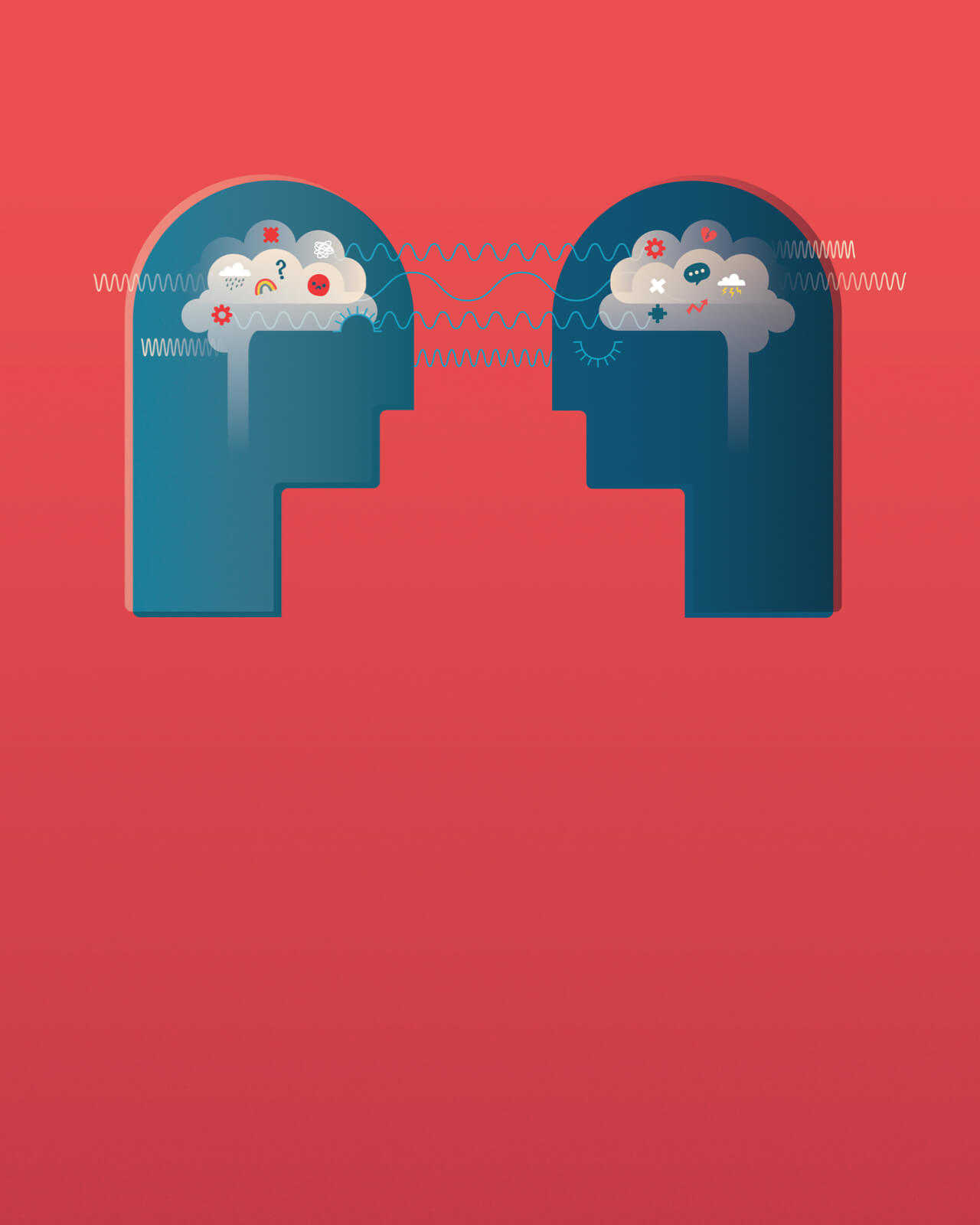The power of being lost: 7 paths to better employee engagement
Managing Partner
Let’s get some bad news out of the way. Worker mental health is suffering, with 91% of Gen Z workers feeling “stressed,” according to a recent survey. Top talent is hard to keep, given that the latest jobs report puts the unemployment rate at 3.5%. Economic uncertainty adds constant pressure to, well, everyone.
So it’s no wonder that, when it comes to employee engagement, talent leaders often feel lost. They’ve been tasked with navigating through a vast and unfamiliar employment wilderness with little more than a broken compass and an outdated employee engagement playbook.
Being lost is stressful and discombobulating. But there’s an upside to the unknown: Calamity creates the conditions that can lead to meaningful and lasting cultural transformation. Visionary leaders now can rethink the standard-issue employee engagement programs, infusing them with fresh ideas, new tools and new ways of working.
If you’re serious about improving your employee engagement efforts, consider implementing these seven steps. They’re designed to help you build a stronger workplace—and find and keep the top talent you need.
1. Revisit your purpose, mission, vision and values.
When people are lost, they reflect on their relationships, reconsider their choices and ask themselves, “Why am I doing what I’m doing?” That’s what workers did during the pandemic, and the result was the Great Resignation. Companies would do well to do the same. Ask whether your purpose still holds. Does it speak to the heart of your workforce? Does your employer value proposition address what workers need today?
2. Put your values into action for employees.
Good intentions won’t help you find your way out of the wilderness. According to a recent Qualtrics report, employees who feel that an organization embodies its values are “27% more likely to have higher engagement scores, and 23% more likely to stay working for more than three years.” Regularly communicate to employees how your values drive business decisions, and you’ll be building a culture of accountability and trust.
3. Find new allies in your company.
Working together improves your chances of finding your way through tough circumstances. Look for people who share your passion for making the workplace better for employees. Break down old company silos. Disband “this is just how we do things” thinking. Bring brand, communications, marketing and human resources together, and you’ll have a powerhouse team. That’s a lot of synergy, energy and ideas you can bring to bear for your company’s most important audience: your workforce.
4. Remind employees how and why their roles matter.
People who are lost need leaders they can trust. Especially during times of instability, your employees want the same. But communication is a persistent weak spot for many companies. According to a recent Axios report, “77% of leaders think the communications they share have the context employees need to do their jobs well. Only 46% of employees agree.”
5. Experiment and innovate.
Sometimes, finding your way again requires more than a simple reorientation. Survival may require deliberate ingenuity and creativity—exactly the kind of culture that companies engender in R&D but rarely in HR. Exercising curiosity about how to engage your workforce may create revolutionary changes that revitalize your business in unexpected ways.
6. Build a case for investing in employee engagement programs.
Emergency rescues require resources. When the business and the world are humming along, it can be hard to win new investments for engagement programs. But now that employees are hard to keep, which adds recruiting and retention costs to the balance sheets, you’ve got a clear and measurable business challenge to solve. Odds are good that the numbers will be there to back up an investment in talent.
7. Make sure your tech stack makes work and work life better.
In the rush to build efficient, digital-first companies, many organizations inadvertently created more inefficiency—and more headaches for workers. “More than a third (38%) of employees are experiencing symptoms of burnout,” according to Qualtrics. “This year, the top driver of burnout is ineffective processes and systems.”
None of this is easy of course. But now is the time to change your perspective and build a new plan. Then you’ll be on your way to creating the workplace of the future. One that meets workers where they are today—and is ready for whatever the world throws at us next.
Featured in MediaPost, April 2023








